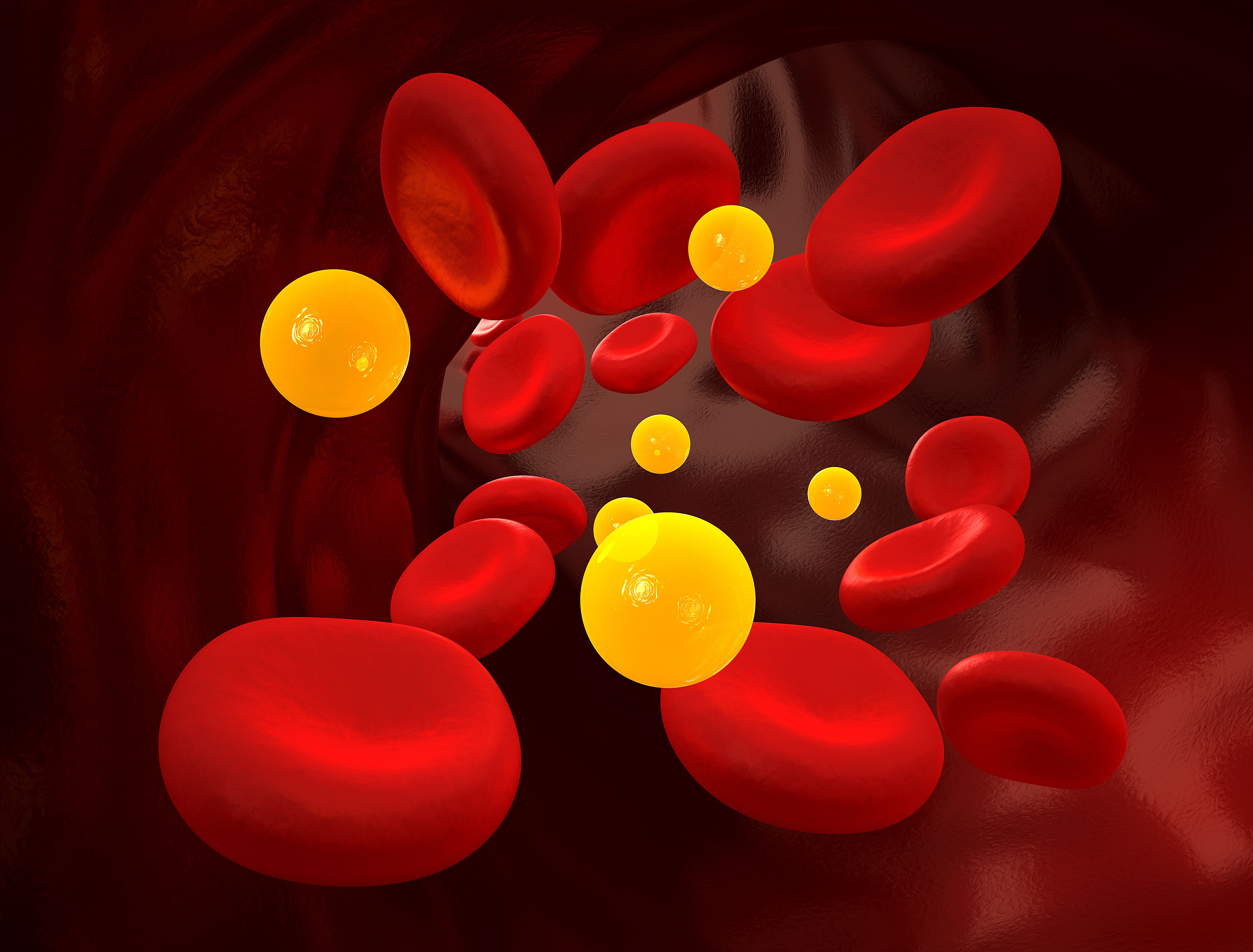Video
ASCVD and Hypercholesterolemia: Patient Selection for Bempedoic Acid
Author(s):
Erin D. Michos, MD, MHS, leads a discussion on selecting the appropriate patient populations for the use of bempedoic acid when managing atherosclerotic cardiovascular disease (ASCVD) and hypercholesterolemia.
Yehuda Handelsman, MD: Erin, what kind of patients would you use this kind of combination with bempedoic acid?
Erin D. Michos, MD, MHS: I have an interest in women's health, and I get to see many patients who have statin intolerance. They're over-referred to my clinic, so I see a much greater percentage than may be in the general population. As we've discussed, for all these reasons, bempedoic acid is a great agent for patients that can't tolerate a higher intensity statin, and I think about it in those patients. It's encouraging about the CRP [C-reactive protein] reduction. It doesn't seem to worsen glycemia, or to have new onset diabetes, many patients are worried about that regarding statins. They read about statins, and they think it's going to cause diabetes, but I try to reassure them that those statins don't take someone who's normal glycemic and make them diabetic; it's usually people that are on the pathway there, that already have some insulin resistance, prediabetes, elevated BMI, that are more likely to have that new onset diabetes, but patients are worried about that. Bempedoic acid is a good agent for this. The label right now is for patients who have ASCVD [atherosclerotic cardiovascular disease] or FH, familial hypercholesterolemia, who need further reduction in their LDL [low-density lipoprotein] despite being on the maximally tolerated statin in conjunction with diet and lifestyle. For some patients, the maximally tolerated is zero statin. I use it in statin-intolerant patients, even though that doesn't say that currently in the label, because that is their maximal dose, zero.
Christie Ballantyne, MD: That's a really important point in terms of, if you want to use combination therapies, sometimes the drugs require prior authorization. The way you write that note is - the words maximally tolerated statin, having a recent lipid profile. Those are the keys for success. Interestingly, when we did this multigrade analysis to see who the individuals are who got over 30% reduction, women were more likely to have a better response. You don't know until you try it, but in general, women are more likely to have statin intolerance and have a good response to this agent.
Handelsman: It's very interesting that you're saying that. I mentioned colesevelam when I was involved in some of the trials, and we found something similar. About 50% of the people had reduction of 30 to 40% and more, while another group was just 10% and nothing more. A study out of Sweden several years ago about statins showed that up to 20% of the people did not respond to statin. We know that many of them did not take them, but there is a variability with which we approach population-based results, and it's different than individual results. You must remember that, even when we write guidelines.
Ballantyne: That's a thing that comes up. We have the agents now where you can—and we've got things in the pipeline too—manage people's lipids incredibly effective. We have the fellows rotating in our clinic. If you look at these LDLs, you're getting 20, 30, which was unthinkable when I was starting. We can do it, but it's not being done, and that's what's so frustrating. You can argue we're not doing as well with our risk factors, and that's true. We're not doing well with blood pressure and obesity, but we have better and better tools to do it.
Handelsman: And the lipids are the easiest of all of them.
Ballantyne: That's the thing that comes up.
Handelsman: The easiest.
Ballantyne: The easiest. That's correct.
Handelsman: Matt, in your practice, how do you use bempedoic acid? How much of it do you use, by itself and in combination, choice of mono or the combination with ezetimibe? How is it in your practice?
Matthew J. Budoff, MD: I have a lot of patients, who are either statin intolerant or unable to take a full 80 milligrams of atorvastatin, and I like to use the combination pill. I don't see a downside to it, ezetimibe is well tolerated, and bempedoic acid is well tolerated. Now you're getting 38, maybe 40%, LDL reduction on top of a statin. That's quite a bit, so I use it frequently. You must be careful about how you write it, it requires a little bit of finesse to get approved because it's a new drug, but I think the results are clear. The patients seem to have minimal side effects and I avoid those patients who have prior tendon ruptures as my primary thing or uric acids that are very high. But if the uric acid is well-controlled, and they're already on allopurinol or something else, I don't worry about that at all.
Ballantyne: I like the way you said that. The answer may be even clearer after.
Handelsman: That's very good.
Transcript Edited for Clarity





